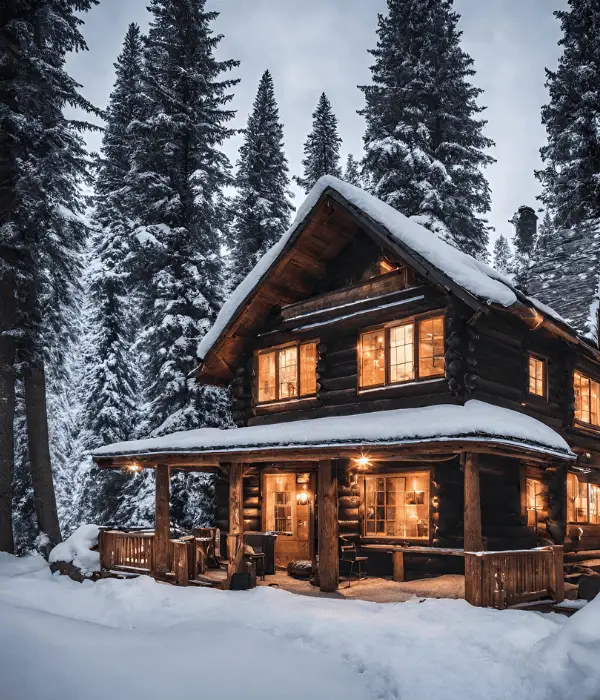Winter brings with it many joys and challenges, including snow that can pile up on the ground and cause disruption in your daily routine. As a homeowner, it is essential to inspect your house after a snow storm for any damage or changes that may have occurred, especially to your roof. This blog post will provide you with some helpful tips on how to inspect your home after a snowstorm.

Inspecting the Roof
Before you climb up to your roof, inspect it from the ground first. Look out for any significant visible damage, such as missing or loose shingles, sagging or cracked roof, or any debris that may have collected. Once you have noticed any damage, resist the temptation to climb on the roof yourself and call a professional instead. An experienced roofer has the necessary tools, techniques, and expertise to handle any roof repair safely and effectively.
Inspecting the Gutters
Your roof’s drainage system is essential for keeping your house dry and protected from water damage. After a snowstorm, you must check your gutters for any clogs or damage. Accumulated snow and debris may cause blockage or bending in the gutters, making it harder for the water to drain off the roof properly. Clear any clogs by removing the buildup of debris from your gutters. Keep in mind, always use protective gloves when cleaning your gutters to prevent injuries.
Inspecting the Soffit and Fascia
Your roof’s soffit and fascia are exposed materials susceptible to damage during heavy snowfall. Soffit is a material that connects the siding to your roofline, and fascia is the flat panel beneath your gutter system. Inspecting them allows you to identify any signs of rot, mold, or water damage. Check for any peeling paint, holes, cracks, or sagging, which may be indications of a bigger problem. If you notice any damage, call a professional to inspect and fix it.
Inspecting the Attic
To complete the inspection of your home, it is essential to check your attic. Look for any water leaks, musty odors, or signs of water damage in the insulation. Inspecting your attic after a snowstorm can help you identify any leaks before they can affect the structure and foundation of your roof. If you do notice any signs of water damage or mold growth, it is best to call in a professional for a mold inspection in Raleigh, NC (or elsewhere more relevant) to help you identify any hidden problems as soon as possible. This will avoid further damage to your home, and limit the impact of mold growth on your family’s health.
A snowstorm can cause significant damage to your home, especially to the roof, and it is imperative to take the necessary precautions and steps to protect your house. Inspecting your roof, gutters, soffits, fascia, and attic can help you identify any damages and assist you in fixing them timely. It is essential to prioritize safety and rely on a professional for any extensive repairs or inspections. Regular inspection can help you prolong the life of your roof and prevent costly repairs or replacements. Hopefully this blog post has provided you with the necessary information to inspect your home after every snowstorm. Stay safe!

